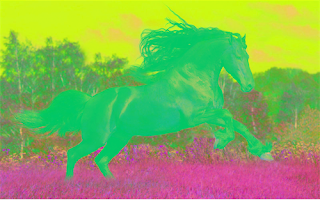If I ever start a hardware company
.. I won't. I'm certain I won't. tl;dr, this just a rant of a whole lot of glaringly obvious mistakes we've made at the two product companies I've worked at. Hardware is hard because: there's no version control. You can't go back in time to checkout what's changed since it was last working yesterday night. it takes time to fail. It's hard to simulate time. Imagine testing a battery - you really can't do anything but wait for it to run it's course through time to see if it works in the long run. And also because your work place always looks like this. But if an idea comes up that motivates me enough to do it, here's a list of things to take care of. These are actually pretty obvious in hindsight, it's hard to see how I've seen companies mess it up, twice. All this assumes you have a market already, and the problem isn't acquiring customers, but figuring the tech out. For most companies, I'd argue the prob






